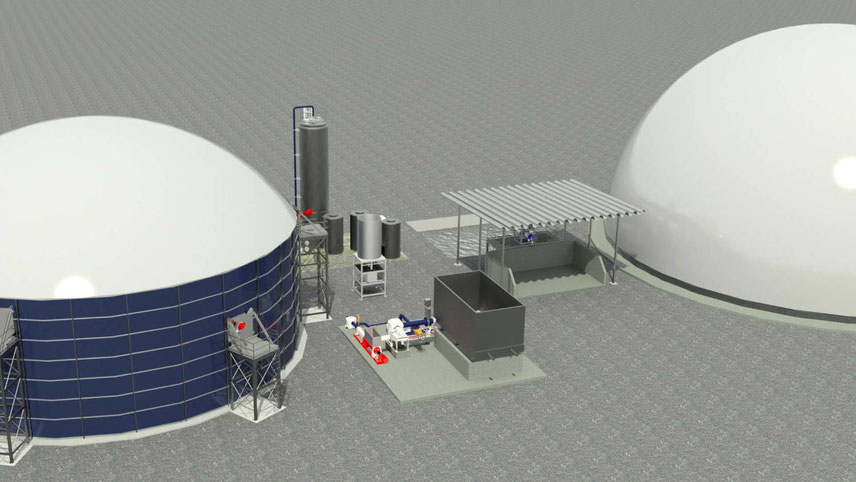When faced with the question of vehicle-related air pollution the team at CityFilters responded with a product that not only eliminates individual vehicle pollution and cleans the air within the vehicle but uses the idle energy from cars, bikes, scooters, buses and trucks to clean the surrounding air, essentially turning a vehicle into a moving air purifier. Understanding that the product will only work if it is used, the team designed filters specific to different vehicle types so that mileage is not impacted, look and feel is maintained and maximum air is cleaned with available energy. For example, the capacity of a motorbike filter is 2 tonnes while it is 10 tonnes for a bus. CityFilters believes its mandate extends beyond air pollution to reducing all pollution, thus it has adopted a circular economy approach and all of its filters are fully bio-degradable, and even add nutrients to the soil if buried and regularly irrigated. Its research showed that dust particles in the air, usually harmful for humans, makes up essential nutrients for plants and trees. The idea is that users can convert these filters to use as fertilisers in their home gardens. The company has added significant value to this product by adding sensors that can identify pm 2.5, pm 10 and harmful particles and its source. This makes it one of the first purifiers that can also capture vital data pollution in almost every point of a city. The sensor sends this data to a centralised server where it can be disseminated to relevant parties interested in addressing the severe pollution problems in cities. Policy makers, environmentalists and health institutions have recognised the value of the pollution data captured by CityFilters and is fast approaching the company for trials and research to help mitigate the rising carbon emissions in cities. India’s Pollution Control Board and The Energy Resources Institute (teri), among others have sought out partnerships with CityFilters to conduct trials on how their data can be valuable in locating pollution sources, catalysing mass pollution control in cities and mitigating health risks as a result of increased pollution.
-

Every movement of the vehicle will capture ground reading of air quality. Credit: CityFilters
























